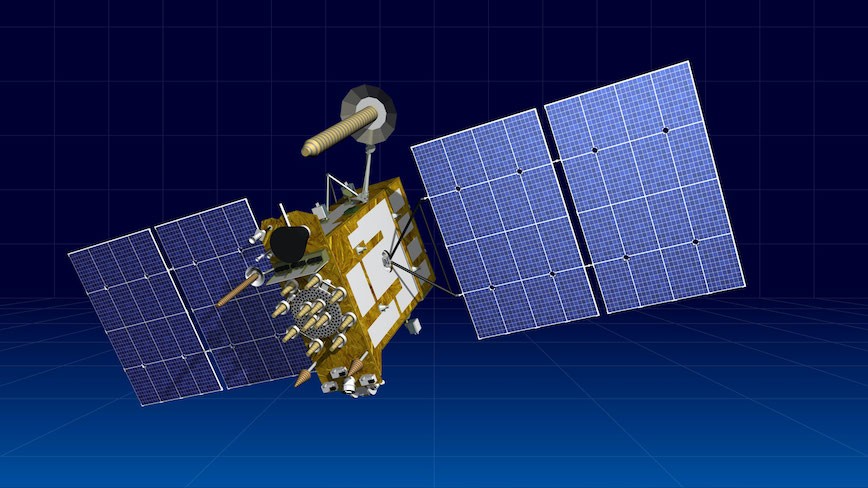The third next-generation GLONASS-K navigation satellite, postponed several times, will now take place in late August or early September, according to reported statements by Russian space industry sources. This marks a long-delayed step along a road towards interoperability with other GNSS. The first GLONASS-K satellite was launched in 2011 and a second one in 2014.
In February 2020, satellite manufacturer ISS-Reshetnev announced that nine new GLONASS-K satellites would fly up to the constellation by 2022. The GLONASS constellation currently counts 23 operational satellites.
The GLONASS-K version, succeeding GLONASS-M and the first generation GLONASS, features a lighter, standardized unpressurized bus, a third L-band transmitter for civilian users known as L3, principally designed for use by the aviation sector. GLONASS-K has a design life of 10 years, 3 years longer than its predecessors. The payload promises to provide more precise navigation and add a search and rescue function.
Preliminary design for GLONASS-K satellite was completed in 2002, with the expectation that 20 K satellites would be orbiting by 2011. Progressive delays pushed the first launch from 2008 to 2009 and finally 2011, and at that time ISS Reshetnev announced a replenishment phase of the older GLONASS-M satellites to take place before further K launches.
Known specifications of the GLONASS-K (14F143) satellite:
Mass: 935-974 kilograms
Payload mass: 260 kilograms
Onboard power supply:m 1,600 Watts (1,270 and 1,460 Watts was also quoted by various sources)
Payload power consumption: 750 Watts
Attitude control accuracy: 0.5 degrees
Solar panel orientation accuracy:1 degree
Attitude control system:Active, Three-axis
Operational life span: 10 years
[Above: GLONASS-K. Image: ISS Reshetnev]
GLONASS-K continues to transmit the existing frequency division multiple access (FDMA) signals in the L1 and L2 band with two civilian signals and two military signals with higher accuracy. They introduce new, interoperable code division multiple access (CDMA) signals in the L3 Band that will be expanded to L1 and L2 CDMA signals. CDMA signals fully interoperable with GPS, Galileo and BeiDou will be implemented in the 2020s when GLONASS-KM is introduced.
The L3 CDMA signal allows an easy and low-cost implementation of multi-standard GNSS receivers. The L3OC signal is centered at 1,202.25MHz using BPSK(10) modulation for the data and pilot components.






